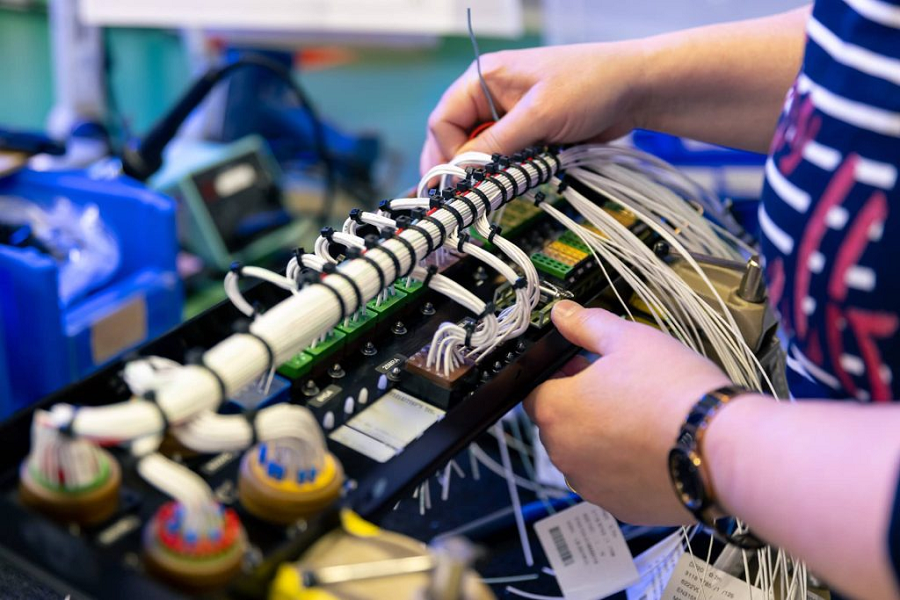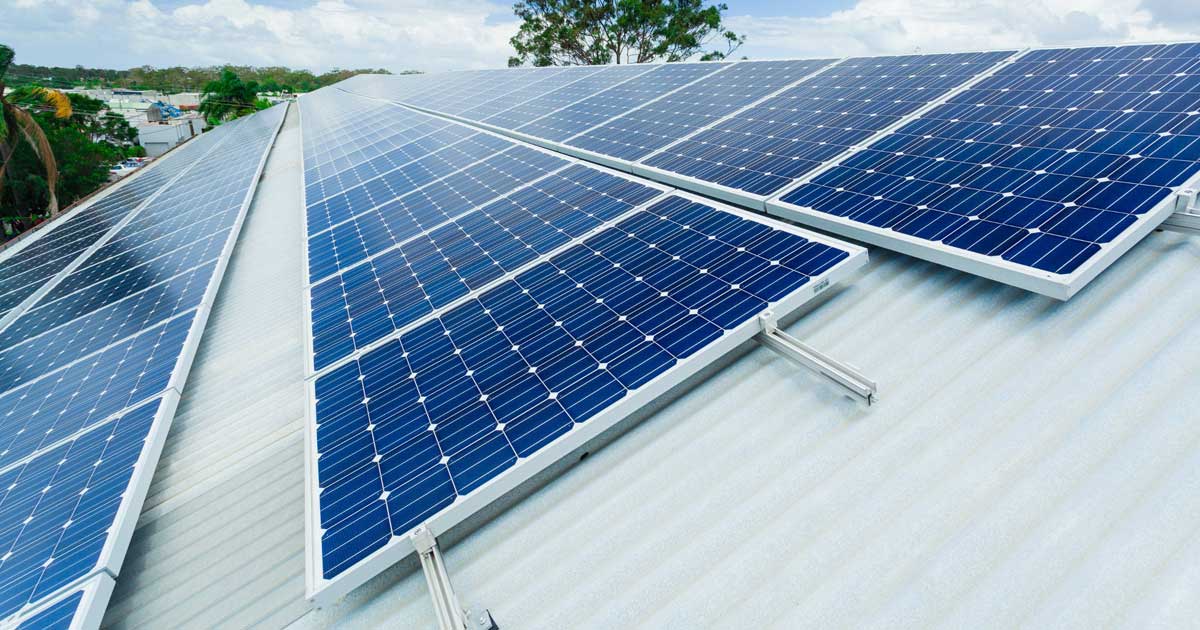Electromechanical box builds are a critical component of modern manufacturing, providing the essential frameworks that house complex electrical and mechanical systems. These assemblies are used across various industries, including aerospace, medical devices, telecommunications, and industrial automation. The process of creating these box builds is intricate and involves multiple stages, each requiring precision and expertise to ensure the final product meets stringent performance and reliability standards. From the initial concept to the final assembly, the journey of an electromechanical box build is a testament to the integration of advanced engineering and meticulous craftsmanship.
Initial Concept and Design
The journey of an electromechanical box build begins with the concept and design phase. This stage is crucial as it lays the foundation for the entire project. Engineers and designers work closely with the client to understand their specific requirements, including the functionality, size, weight, and environmental conditions the box build must endure.
The design process often involves creating detailed schematics and 3D models that illustrate the layout of the electrical and mechanical components within the enclosure. These models help in visualizing the placement of parts, ensuring that there is adequate space for wiring, connectors, and other necessary components. Additionally, designers must consider factors such as heat dissipation, electromagnetic interference (EMI) shielding, and ease of access for maintenance and repairs. This phase may involve several iterations, with the design being refined until it meets all of the client’s specifications and regulatory requirements.
Component Selection and Sourcing
Once the design is finalized, the next step is selecting the appropriate components and materials for the box build. This phase is critical as the choice of components can significantly impact the performance, durability, and cost of the final product. Engineers must select components that not only meet the technical specifications but are also compatible with each other and the overall design.
Sourcing these components involves working with a network of suppliers to procure high-quality parts that meet industry standards. This can include everything from circuit boards, connectors, and wiring to the enclosure itself, which may be made from materials like aluminum, stainless steel, or specialized plastics. In some cases, custom components may be required, necessitating close collaboration with manufacturers to produce parts that fit the specific needs of the project.
Assembly and Integration
The assembly phase is where the electromechanical box build begins to take shape. This stage involves the physical construction of the box build, including the installation of components, wiring, and connectors according to the design specifications. Precision is key during this phase, as even minor errors in assembly can lead to significant issues in the final product, such as electrical shorts, component failures, or poor performance.
During assembly, technicians carefully follow the design schematics to ensure that all components are correctly placed and securely fastened. Wiring is routed in a manner that minimizes the risk of interference and allows for efficient signal transmission. In addition, attention is given to the mechanical aspects of the build, such as ensuring that moving parts operate smoothly and that the enclosure is properly sealed to protect the internal components from environmental factors like dust, moisture, and temperature fluctuations.
At this stage, electromechanical assembly services become essential, as they provide the expertise and precision required to ensure that all components are integrated seamlessly. These services ensure that the assembly process is efficient, with all parts working together to achieve the desired functionality.
Testing and Quality Assurance
Once the assembly is complete, the box build undergoes rigorous testing and quality assurance processes to verify its functionality and reliability. This stage involves a series of tests designed to assess the performance of the electrical and mechanical components, as well as the overall integrity of the assembly.
Electrical testing may include continuity checks, insulation resistance tests, and functional testing of circuits to ensure that all components are working as intended. Mechanical testing can involve stress tests, vibration tests, and thermal cycling to simulate the conditions the box build will face in its operational environment. These tests help identify any potential issues before the product is delivered to the client, ensuring that the final box build meets all specifications and industry standards.
In many cases, the testing phase is iterative, with adjustments made to the assembly as needed based on the test results. This could involve re-routing wiring, replacing components, or making modifications to the enclosure to improve performance or address any weaknesses identified during testing.
Final Assembly and Delivery
After successfully passing all tests, the box build enters the final assembly phase. This involves completing any remaining tasks, such as installing protective covers, labeling, and packaging the product for delivery. At this stage, the focus is on ensuring that the box build is ready for integration into the client’s system or for immediate use in the field.
Once the final assembly is complete, the box build is carefully packaged to protect it during transit. This may involve using custom packaging solutions designed to cushion the product and prevent damage during shipping. The completed box build is then delivered to the client, along with any necessary documentation, such as test reports, certificates of compliance, and installation instructions.
Conclusion
The process of creating an electromechanical box build is a complex and multi-faceted endeavor that requires expertise, precision, and attention to detail. From the initial concept and design to the final assembly and delivery, each stage plays a critical role in ensuring that the final product meets the highest standards of quality and performance. As industries continue to demand more sophisticated and reliable solutions, electromechanical box builds will remain a vital part of the manufacturing landscape, powering the technologies of today and tomorrow.





